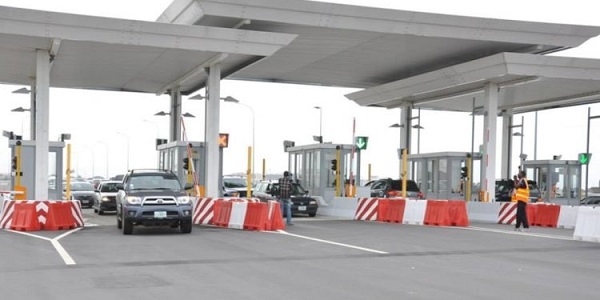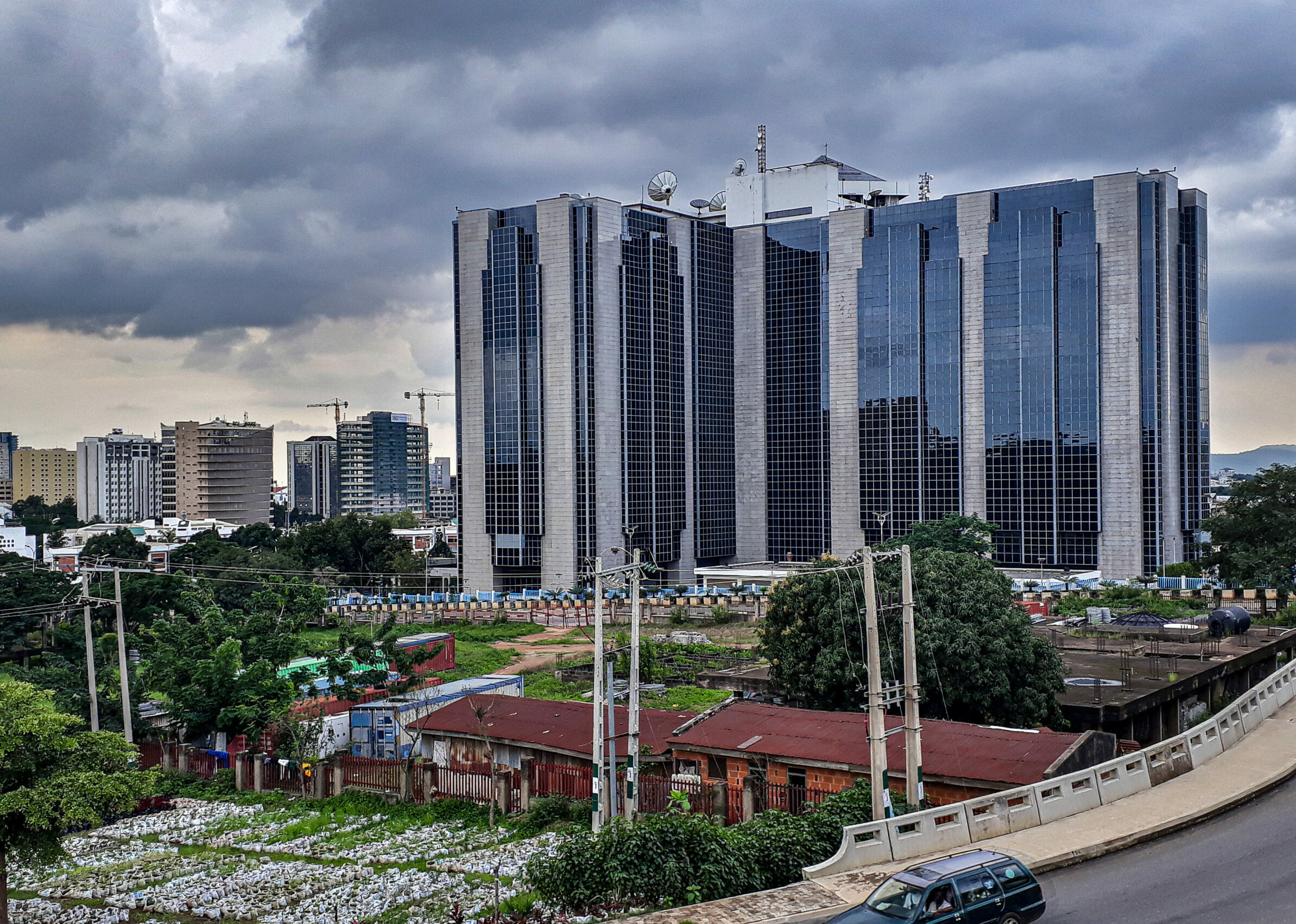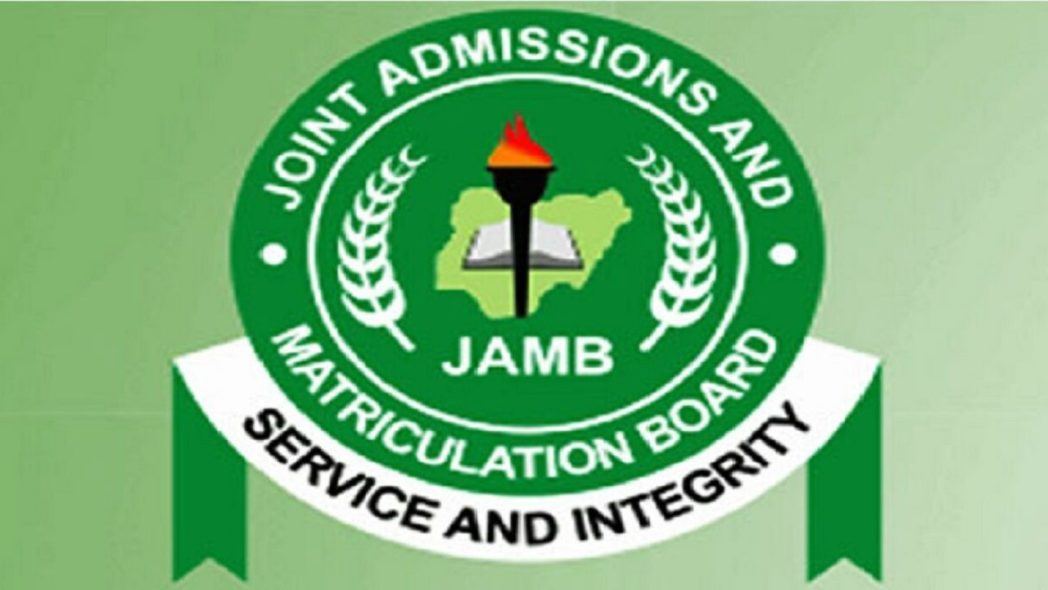US Memorial Day Travel Faces New Chaos as Severe Storms, Tornadoes, and Flash Floods Hit Oklahoma, Texas, Missouri, and More - Travel And Tour World
Sunday, May 25, 2025

What was expected to be a busy holiday filled with road trips and outdoor celebrations has instead brought building damage, water rescues, and life-threatening conditions, with forecasters warning that the worst may not be over as risks continue into Memorial Day itself.
As of Saturday, May 24, the National Weather Service placed hundreds of thousands under severe thunderstorm watches, with the greatest risks stretching across Oklahoma and parts of Arkansas. The broader impact zone extended from the southern Plains through the Southeast, including parts of Florida and the Mississippi and Tennessee Valleys.
Forecasters warned that this storm system was no ordinary spring downpour. Instead, it brought high winds, large hail, torrential rainfall, dangerous lightning, and an elevated risk of tornadoes. In areas like southeastern Kansas, southwestern Missouri, and northern Arkansas, over four million people were under a flood watch by the weekend’s start. AccuWeather warned that multiple rounds of storms could bring in just a few days.
Rainfall rates between were reported, overwhelming city drainage systems and flooding roadways, especially in regions already saturated from April and early May rains. The runoff has also raised concerns about rising river and stream levels, with flash flooding expected to persist into Monday, May 26.
Oklahoma stood at the epicenter of the weekend’s destruction, taking the brunt of the severe weather assault. Cities like Oklahoma City, Norman, and Lawton found themselves under Level 3 severe storm risk on NOAA’s 5-point scale. Early Sunday, violent storms had already ripped through parts of the Central Plains, and numerous and were issued across .
In Texas, escalating threats loomed over communities in Lubbock, Wichita Falls, and the Dallas-Fort Worth Metroplex as intense storms pushed across the region. Over were placed under a Level 2 threat level for Sunday, with forecasters warning of possible , , and even .
Flooding was a mounting concern in both states. NOAA’s Weather Prediction Center (WPC) placed large areas of Oklahoma and Arkansas in a Level 3 out of 4 excessive rainfall risk. That threat zone was expected to push eastward across nine additional states from the central Plains to the Southeast by Memorial Day.
Missouri saw relentless downpours batter its southwestern regions, with St. Louis still reeling from tornadoes earlier in May that claimed five lives. Water rescues were underway over the weekend as localized flash floods stranded vehicles and swamped low-lying areas. AccuWeather reported that by the end of Memorial Day, the state could receive its typical rainfall for the entire month of May.
Intensifying the crisis is the broader surge in tornado activity that has swept across the country this year. As of late May 2025, had been reported across the U.S.—making it the worst tornado season in over a decade. That figure stands nearly than the 10-year average for this time of year. Missouri, along with Mississippi, Illinois, and Texas, has seen the most tornado reports, with each state logging between so far.
The deadliest outbreak occurred in mid-May, when a cluster of tornadoes tore through Kentucky and Missouri. At least 17 people lost their lives in Laurel County, Kentucky, while St. Louis reported five more fatalities that same day, as violent storms tore through both areas in one of the deadliest outbreaks of the season.
From power outages and flight disruptions to road closures and emergency rescues, the holiday weekend has been anything but smooth. With , travel chaos has unfolded from , especially in areas under Level 2 or 3 storm risk ratings. Flash flood warnings continued into Sunday, and the risk will persist through Monday, putting additional pressure on emergency responders and transportation authorities.
Major airports in the storm-hit regions—including Will Rogers World Airport in Oklahoma City, Dallas/Fort Worth International, Memphis International, and St. Louis Lambert—faced likely disruptions, with delays, re-routings, and ground stops triggered by hazardous conditions like lightning, poor visibility, and powerful wind shear.
Highway traffic was also heavily impacted, especially along interstates passing through storm zones. Travelers in the Great Plains, Midwest, and lower Mississippi Valley were advised to avoid unnecessary trips and monitor local emergency alerts.
While the South and Central US battled dangerous weather, other parts of the country experienced a vastly different Memorial Day weekend. According to the FOX Forecast Center, the saw abundant sunshine on Sunday. Chilly but dry conditions were expected in the on Memorial Day itself, providing some relief for holiday picnickers and parades.
Meanwhile, the was dealing with a heatwave, with temperatures reaching into the . While not stormy, the heat posed its own risks for those planning extended time outdoors.
As millions of Americans mark Memorial Day—traditionally a time for gathering, travel, and outdoor celebrations—this year’s holiday weekend has taken a dangerous turn. What began as a forecast for scattered showers has escalated into a widespread emergency marked by severe storms, flash floods, and a tornado season unlike anything seen in over a decade. With risks still active through Monday across the central and southern Plains, travelers are being urged to stay alert, check forecasts frequently, and prioritize safety above all else.











